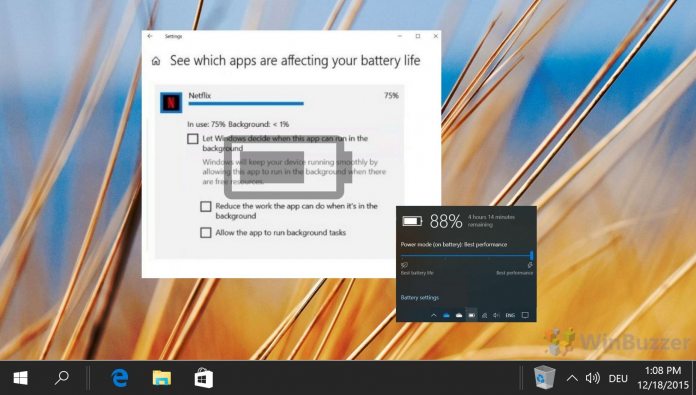
The next batch of cumulative updates is expected next week when the software giant begins the rollout of the September 2019 Patch Tuesday fixes. Long-time Windows 10 users certainly know that installing cumulative updates is often a risky bet, and this is mostly because of the issues that these updates end up causing. While we do hope to see this bug addressed with the release of the upcoming Patch Tuesday updates arriving next week, these problems brought in by Windows 10 cumulative updates actually end up pushing users away from updates. The problems usually only affect a small subset of users, but there is no denying that every update seems to be bringing at least some small bugs and nuisances with it.
- Some users claimed that deleting the registry key would prevent start menu search from sending local search queries to Bing, thus solving CPU usage problems.
- TechnoWikis today will discuss the options we have to avoid opening a window in Microsoft Edge InPrivate mode in Windows 10..
- You can set in the category that you want for your system.
For details, see the Release Notes for October 2020 Security Updates. Version 20H2, called the Windows 10 October 2020 Update, is the most recent update to Windows 10. This is a relatively minor update but does have a few new features.
How To Begin Updating
On the update and security interface, click the view update history option. Click Uninstall updates link in the View update history window. In addition to the above fixes, Microsoft patched two remote code execution bugs in the Remote Desktop Protocol. However, these issues arent so dangerous as the recent BlueKeep and DejaBlue vulnerabilities, which could be used to create a wormable exploit to automatically infect vulnerable machines on the same network. High CPU usage is a problem common to many Windows users There could be many other reasons that can trigger high CPU usage on a machine, for instance, it can be caused by the ntoskrnl.exe process on Windows 10. While Microsoft hasn’t acknowledged this as an issue on Windows 10, reports suggest a problem with the Cortana combination triggering the SearchUI.exe process to increase, which also affects the Start menu performance.
Method 3: Adjust Windows 10 For The Best Performance
To browse to this location, you first start by opening the HKEY_LOCAL_MACHINE key . In this key, you see the SOFTWARE folder, then Microsoft, Windows, CurrentVersion, and finally the Run folder. Within these respective directories, an application typically stores a property list file in the Preferences/ sub-directory. In contrast to Windows Registry’s binary-based database model, some other operating systems use separate plain-text files for daemon and download msvcp140.dll from fix4dll.com application configuration, but group these configurations together for ease of management.
You can also visit Microsoft’s Download Windows 10 page to update. Click the “Update now” button to download the Update Assistant tool, and then run the tool. It will upgrade your PC to the latest version of Windows 10—even if the update wasn’t offered to you via Windows Update. The tool may still refuse to install the update if some issues need to be fixed with your PC’s configuration first.
According to Digital Trends, the update also includes new icons, updated settings pages and some tweaks to Cortana and the search box experience. Multicamera support for Windows Hello, allowing users to choose an external camera when using high-end displays with integrated cameras. This out-of-band update fixes a single bug in which graphical content could not be printed.